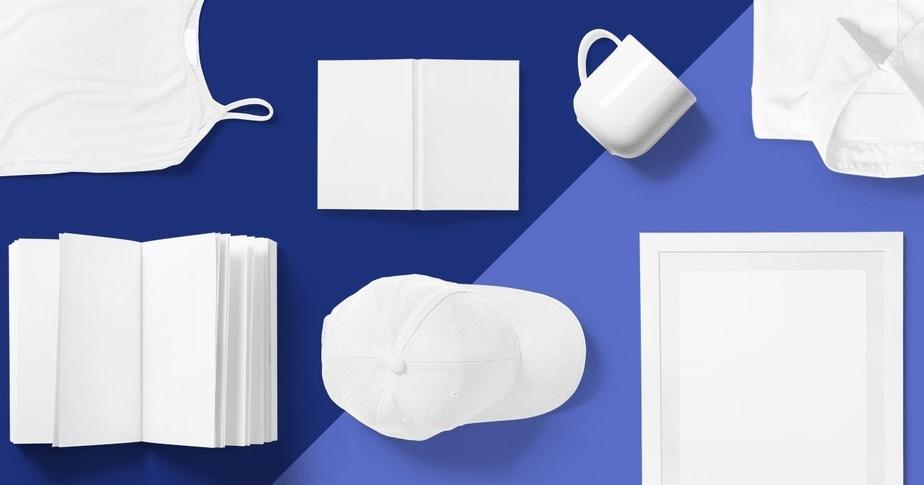Print on Demand?
Whether you’re an artist, writer, designer, or entrepreneur, physical products can be the perfect canvas for monetizing your creativity.
From t-shirts to posters, backpacks to books, you can put your own original spin on everyday products and sell them online. However, if you go the traditional route of buying and holding your own inventory, you may be left with a pile of products that aren’t selling.
Print-on-demand services offer an alternative way to bypass the time, investment, and risk associated with managing inventory, letting you go from creating to selling custom products at a fraction of the cost.
What is “print on demand” and how does it work?
Print on demand is a process where you work with iBedding supplier to customize white-label products (like baseball hats or tote bags) with your own designs to sell them on a per-order basis under your own brand.
That means you don’t pay for the product until after you’ve actually sold it, so there’s no need to buy in bulk or hold any inventory yourself.
Plus, with print-on-demand services everything after the sale, from printing to shipping, is handled by your supplier. Once you’ve set everything up, it takes only a few clicks to fulfill an order once you’ve made a sale.
You can use print-on-demand services to:
Test a business idea or new product line for an existing business without the risks that come with buying inventory.
Monetize an audience you’ve built. Printing on demand is a great option if you’re a YouTuber, cartoonist, or social media influencer who wants to spend your time creating content instead of fulfilling orders.
Create original products for a niche of customers. For example, apparel for people who are passionate about gaming.
Easily print one-off items—t-shirts, books, shoes, bags, wall art, phone cases, clocks, laptop skins, mugs, and so much more. You can send these as gifts or keep them for yourself and your team.
The pros and cons of print on demand
Print on demand sites can be used to build a business based on a dropshipping model—where the products and shipping are all handled by a third party. It’s one of the most accessible ways to source products or start an online business, but you should know the perks and limitations before you dive in.
Pros
Create products quickly: Once you have the design, you can create the product and put it up for sale in minutes.
Shipping is taken care of: Shipping and fulfilment is out of your hands and in your supplier’s. After the sale, you’re just responsible for customer service.
Low investment, lower risk: Since you’re not physically holding any inventory, it’s easier to add or remove products, test ideas, or pivot your approach.
Cons
Lower margins: Naturally, your costs per item will be higher than if you buy in bulk. On-demand products may yield thinner profits, depending on how you price them and acquire customers.
Less control over shipping: Shipping costs can get complicated as it often varies for different products. Your options may also be limited if you want to create a standout unboxing experience.
Limited customization: Your ability to customize products depends on the vendor and the product. You’ll have to weigh base costs, customization options, printing techniques, and available sizes when deciding on which products to customize.

Leave A Comment